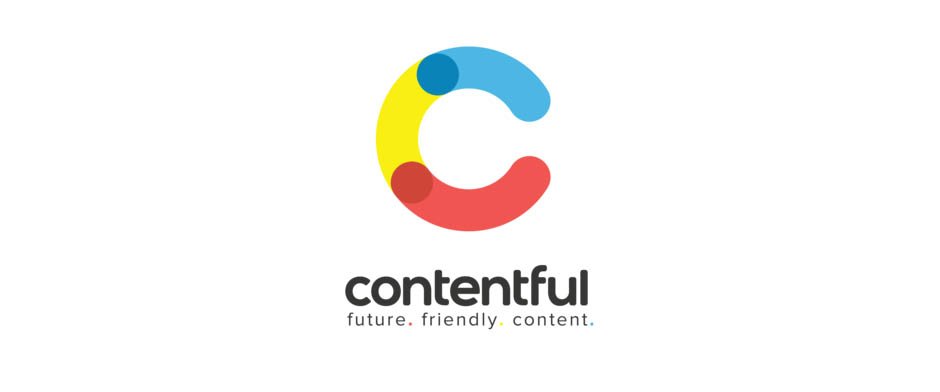In today’s digital landscape, content is king. As such, Contentful web design has emerged as a crucial aspect of creating engaging, user-friendly websites. Let’s explore how to design a Contentful website that is both visually appealing and optimised for search engines. We’ll delve into the best SEO and user experience practices and how you can apply these principles to your web projects. So, let’s dive in and maximise your site’s potential with Contentful web design.
Table of Contents
Understanding Contentful Web Design
Contentful is a powerful headless content management system (CMS) that allows you to manage and deliver content across multiple platforms. Its API-first approach provides flexibility and scalability, enabling you to create customised, responsive websites that cater to your target audience’s needs. Understanding how Contentful works and its role in web design is the first step towards creating a visually appealing and search engine-friendly website.
Prioritising User Experience (UX) Design
User experience is a critical component of any successful website. A site that is easy to navigate, loads quickly, and provides valuable content will attract and retain more visitors. To enhance UX on your Contentful site:
- Use clear, concise headings and subheadings
- Break up text with bullet points and numbered lists
- Incorporate relevant images, videos and other multimedia
- Ensure your site is mobile-responsive
- Create an intuitive navigation menu and internal linking structure
Optimising Content for SEO
While a visually appealing website is essential, ensuring your content is search-engine friendly is crucial. Here are some tips for optimising your Contentful site for SEO:
- Conduct keyword research and incorporate relevant keywords in your content, titles, and meta descriptions.
- Create high-quality, unique content that provides value to your audience
- Use header tags (H1, H2, H3) to structure your content and highlight important topics
- Implement schema markup to help search engines better understand your content
- Optimise images with descriptive file names and alt tags and by compressing them to reduce load times
Enhancing Site Speed and Performance
Site speed is critical in user experience and search engine ranking. Slow-loading websites frustrate users and can result in high bounce rates. To improve your Contentful site’s speed:
- Use Contentful’s built-in image optimisation features to serve images in the most appropriate format and size.
- Minify CSS, JavaScript, and HTML files to reduce load times
- Implement lazy loading for images and videos to prioritise above-the-fold content
- Use a content delivery network (CDN) to ensure quick delivery of your site’s assets
Mobile Responsiveness and Accessibility
With most web traffic now originating from mobile devices, ensuring your Contentful site is mobile-responsive is crucial. Additionally, making your site accessible to all users, including those with disabilities, can improve user experience and positively impact SEO. Here’s how:
- Implement a responsive design that adapts to various screen sizes and devices.
- Use appropriate font sizes and colours for optimal readability
- Include descriptive alt text for images and transcripts for videos
- Ensure your site’s navigation and links are easily accessible via keyboard and screen readers
Tracking and Analysing Performance
Regularly monitoring your website’s performance can help you identify areas that need improvement and ensure your SEO efforts are effective. Use tools like Google Analytics, Google Search Console, and Contentful’s built-in analytics to track:
- Organic search traffic and keyword rankings
- Bounce rate and average time spent on your site
- Conversion rates and user behaviour
Building High-Quality Backlinks
Backlinks are a significant factor in search engine rankings, as they signal to search engines that your site is a reputable and authoritative source of information. To build high-quality backlinks for your Contentful site:
- Create valuable, shareable content that others will naturally want to link to
- Reach out to industry influencers and bloggers for guest posting opportunities.
- Engage with your target audience on social media and online forums
- Consider partnering with other businesses in your industry for mutually beneficial collaborations
Staying Updated on SEO Best Practices
Search engine algorithms are constantly evolving, so staying informed about the latest SEO best practices and industry trends is essential. By doing so, you’ll be better equipped to adapt your Contentful site to maintain or improve your search rankings. Some resources to stay up-to-date include:
- Following industry-leading SEO blogs, such as Moz, Search Engine Land, and Ahrefs
- Participating in online forums, webinars, and conferences focused on SEO and digital marketing.
- Regularly reviewing Google’s Webmaster Guidelines and staying informed on algorithm updates.
Integrating Social Media and Content Marketing
Social media and content marketing can help drive traffic to your Contentful site, increase user engagement, and boost your site’s overall SEO. To effectively integrate these strategies:
- Share your site’s content on relevant social media platforms, such as Facebook, Twitter, LinkedIn, and Instagram
- Engage with your target audience by responding to comments, sharing user-generated content, and joining industry-related groups.
- Develop a content marketing strategy that includes regular blog posts, infographics, videos, and other engaging content to attract and retain your audience.
Regularly Auditing and Updating Your Content
Regular content audits can help you identify areas of your Contentful site that need improvement and opportunities to update and refresh your content to maintain its relevance and appeal to your audience. To conduct a content audit:
- Review your site’s pages and blog posts for outdated or irrelevant information, broken links, or missing meta tags.
- Analyse user engagement metrics to identify underperforming content that may need to be updated or removed
- Regularly update your site’s content with new information, resources, or multimedia to keep your audience engaged and encourage return visits.
Conclusion
In summary, Contentful web design offers many opportunities to create visually appealing, user-friendly websites optimised for search engines. By following these best SEO and user experience practices, you can maximise your site’s potential and achieve long-term success in the digital landscape.





